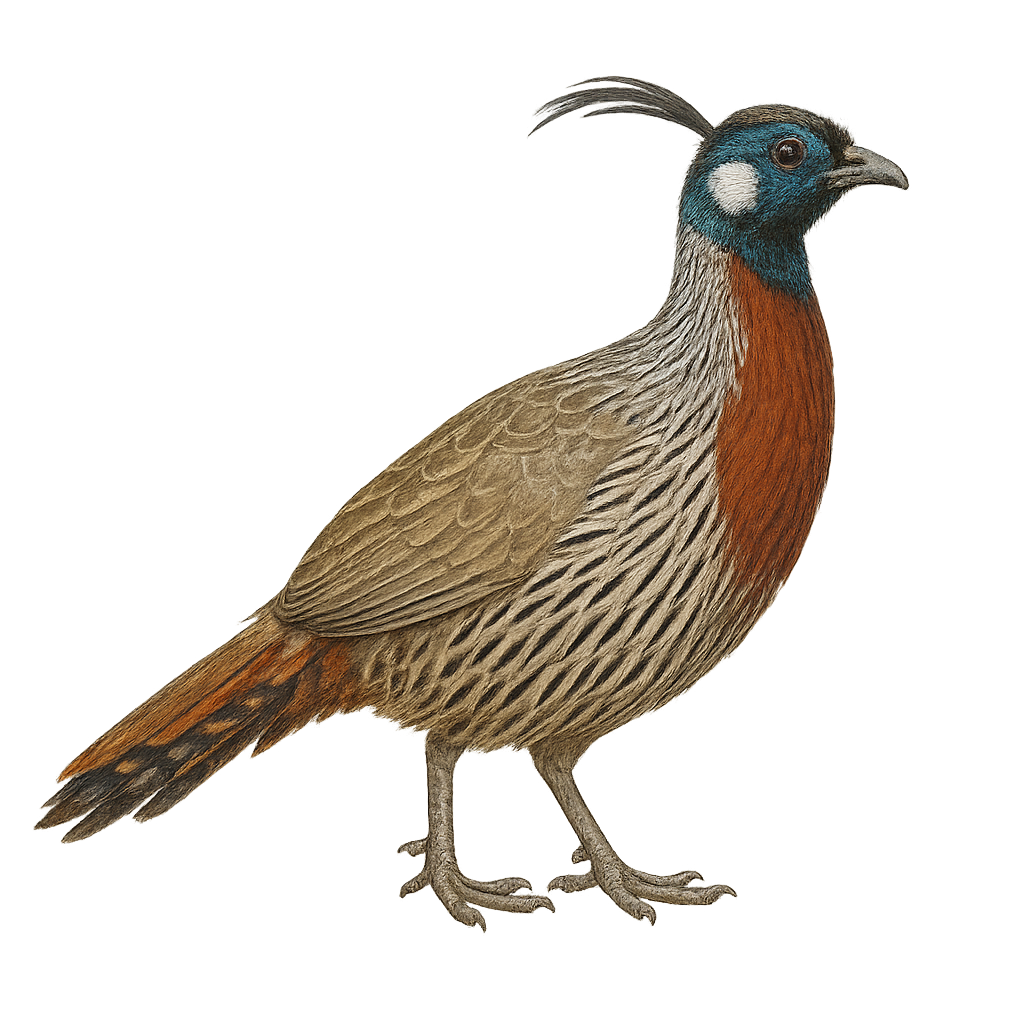Your wildlife photography guide.
Explore the koklass pheasant in detail, study its behavior, prepare your shots.
Where to observe and photograph the koklass pheasant in the wild
Learn where and when to spot the koklass pheasant in the wild, how to identify the species based on distinctive features, and what natural environments it inhabits. The WildlifePhotographer app offers tailored photography tips that reflect the koklass pheasant’s behavior, helping you capture better wildlife images. Explore the full species profile for key information including description, habitat, active periods, and approach techniques.
Koklass Pheasant
Scientific name: Pucrasia macrolopha

IUCN Status: Least Concern
Family: PHASIANIDAE
Group: Birds
Sensitivity to human approach: Suspicious
Minimum approach distance: 10 m
Courtship display: March to May
Incubation: 24-26 jours
Hatchings: March to June
Habitat:
Coniferous forests, mixed forests, mountainous areas
Activity period :
Primarily active during the day, with peak activity in the morning and late afternoon.
Identification and description:
The Koklass Pheasant, or Pucrasia macrolopha, is a medium-sized bird belonging to the Phasianidae family. It is primarily found in the mountainous forests of Asia, particularly in India, Pakistan, China, and Nepal. This pheasant is distinguished by its colorful plumage and long crest. Males display vibrant colors with intricate patterns, while females are duller, allowing them to camouflage more effectively. The Koklass Pheasant is a diurnal bird that feeds mainly on seeds, berries, and insects. It is known for its territorial behavior, especially during the breeding season. Although relatively tolerant of human presence, it prefers remote and undisturbed areas.
Recommended lens:
400 mm – adjust based on distance, desired framing (portrait or habitat), and approach conditions.
Photography tips:
To photograph the Koklass Pheasant, it is advisable to use a telephoto lens of at least 400mm to capture detailed images from a distance. As these birds are suspicious, it is best to remain discreet and blend into the environment. Coniferous forests and mountainous areas are ideal places to observe them. Opt for early morning or late afternoon hours when the light is soft and flattering. Be patient and wait for the bird to feel comfortable to get natural and authentic shots.
The WildlifePhotographer App is coming soon!
Be the first to explore the best nature spots, track rutting seasons, log your observations, and observe more wildlife.
Already 1 431 wildlife lovers subscribed worldwide

